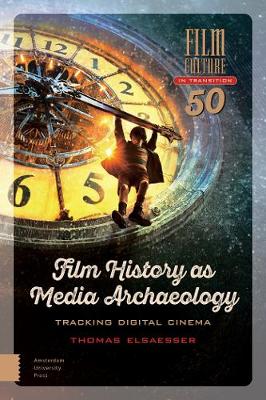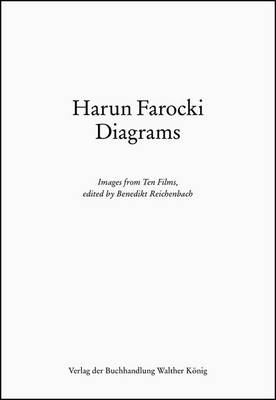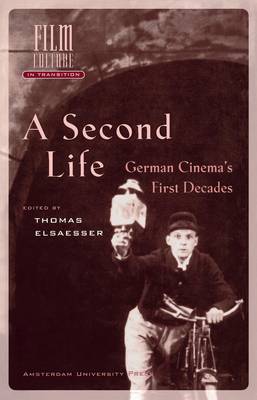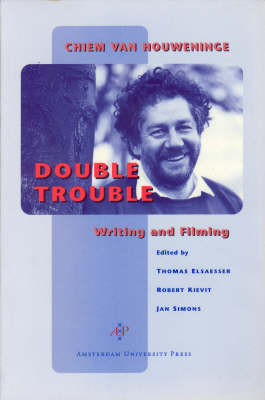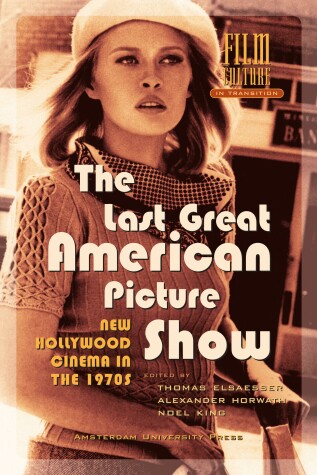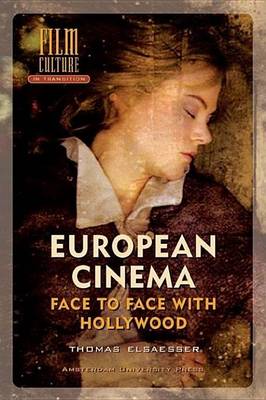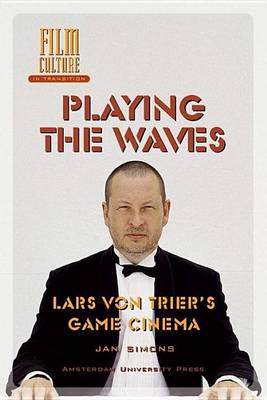Film Culture in Transition
1 primary work • 11 total works
Book 50
Harun Farocki Diagrams. Images from Ten Films+ edited by Benedikt Reichenbach
by Thomas Elsaesser, Maren Grimm, and Jan Verwoert
The Last Great American Picture Show
by Alexander Horwath, Noel King, and Thomas Elsaesser
Second Life, A: German Cinema's First Decades. Film Culture in Transition.
by Thomas Elsaesser
Writing for the Medium: Television in Transition. Film Culture in Transition.
by Thomas Elsaesser, Jan Simons, and Lucette Bronk
European Cinema: Face to Face with Hollywood. Film Culture in Transition.
by Thomas Elsaesser
